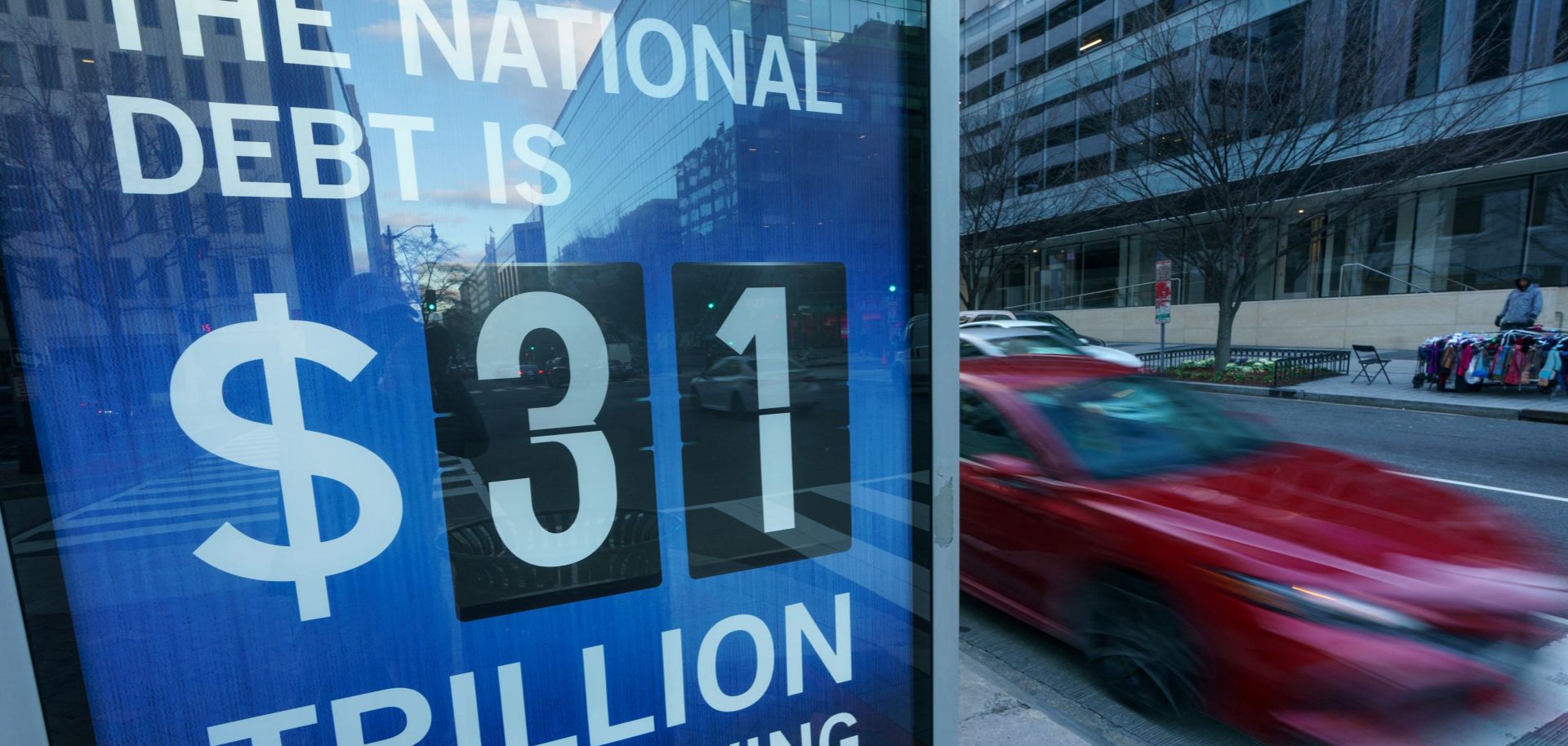If the U.S. government fails to raise its debt ceiling in a timely manner, economic and financial uncertainty will increase, raising the specter of a U.S. debt default that could trigger a recession. After registering a deficit of $1.4 trillion in the fiscal year 2022, the U.S. federal government on Jan. 19 reached its debt ceiling, which establishes the maximum amount of debt the federal government is allowed to issue. The Treasury Department subsequently began to take so-called extraordinary measures, including the sale of existing investments and the suspension of reinvestments of various government-related pension funds, such as the Exchange Stabilization Fund, as well as the suspension of the Treasury's issuance of State and Local Government Series securities, which help state and local governments comply with federal tax laws and IRS regulations. The Treasury estimates that these measures will keep the government from breaking through its debt ceiling until June,...

